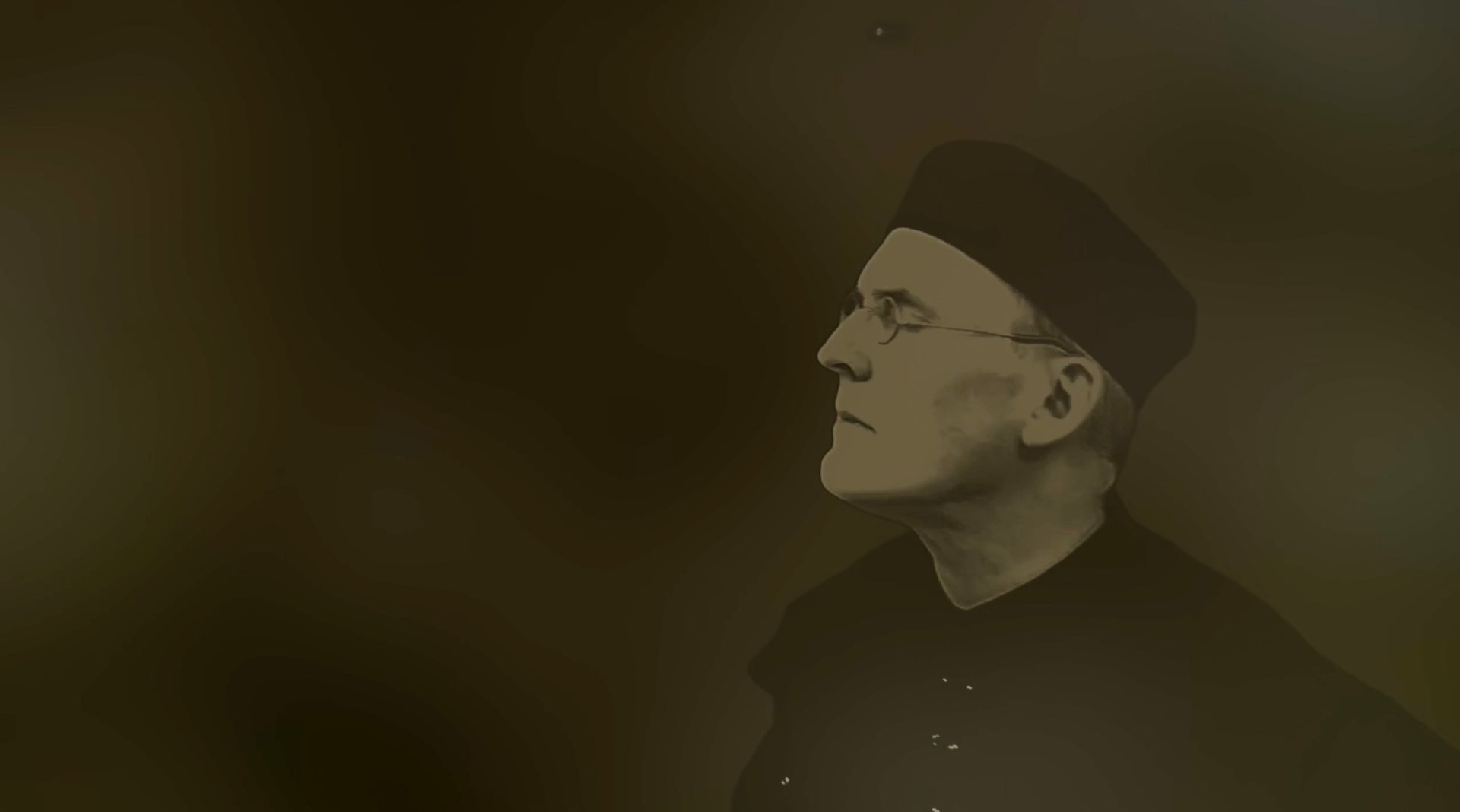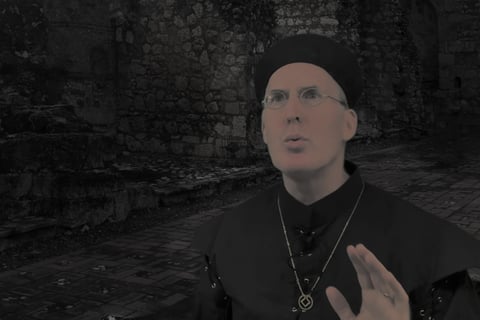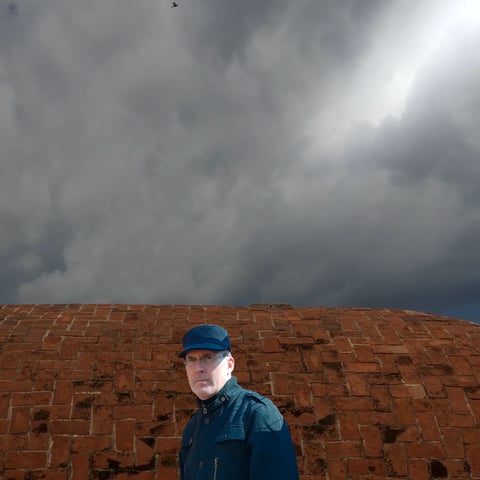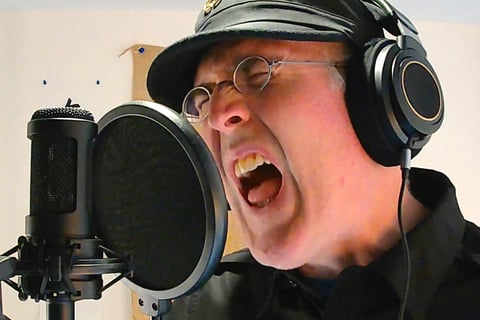
Novit Terminus / Jeremy C. Wells, Ph.D. bio
History fascinates me. I love electronic sounds. I am obsessed with psychology.
These three elements define my work as an electro-Euroatavism artist who combines ancient European musical traditions (folk and medieval) with dark, driving, electronic sounds. I use my music to understand the psychological character of people who abuse others, which relates to my project’s name, Novit Terminus. This is a Latin phrase that means “he has come to understand the limits” of something; in specific contexts, this phrase can also mean "he has become familiar with the end." (As an aside, the Latin infinitive of "novit" is "nōscere," which is similar to the Spanish infinitive "conocer" the Portuguese, "conhecer," or the Italian "conoscere." There is no direct equivalent in English.)
Until 2022, I was an award-winning, tenured university professor, specializing in historic preservation, and one of the few writing on issues of racial and ethnic bias in its public policy. At the time, I was the fifth most cited historic preservation scholar in the United States. Uniquely, my research and teaching combined psychology (environmental and behavioral), equity, and public policy. My CV is here. I left academia, prematurely, because of sustained (and often violent) resistance toward my efforts to explore ways to make public historic preservation policy more diverse, equitable, and inclusive in the context of a more participatory democracy. My book, Managing the Magic of Old Places: Crafting Public Policies for Human-Centered Historic Preservation, which is scheduled to be published by the University of Tennessee Press in the fall of 2025, documents many of the reasons why the historic preservation field is resistant to people- and human-centered change.
Prematurely leaving my job as a professor, however, created the opportunity to use my music to recover by understanding my experiences in higher education. When I started composing music again in late 2023, it marked a return to what was actually my first career. In my early ’20s, I composed synthpop, techno, trance, and ambient music as Digital Black, 68000, and Violet Arcana. I was honored to have been signed by Silent Records (San Francisco, CA) and Zoth Ommog (Bad Homburg, Germany). For a few years, my music was being played on hundreds of college radio stations and dance clubs in the US and Europe. When I lived in Portland, Oregon, I opened for major label acts. But, like many artists, I was drawn in other directions after struggling to be a professional musician; I eventually settled on a change to historic preservation and the rest is history (pun intended).
Today, my music is primarily influenced by what I call “Euroatavism,” or medieval and European folk music traditions. (If you’re interested in how I define Euroatavism and its intersection with electronic music, I’ve written an article on the topic.) I’m drawn to modal structures as opposed to the nearly ubiquitous emphasis—especially in pop music—on tonality and harmony. I’m particularly intrigued by the folk music of the Iberian Peninsula, especially its percussion and rhythms.
To be sure, a lot of the electronic body music (EBM), like Nitzer Ebb and Front 242, that were my early musical influences, also eschewed tonality for modal compositions. There’s something primal in the drive that can come from, say, a piece in a Phrygian mode that gets lost in the world of harmony. I’m also drawn to time signatures other than 4/4; 6/8 is one of my favorites. I love the challenge, for instance, in working in 7/8, but also the off-kilter feel a song in this time signature has. Lastly, I’ve dabbled a bit in microtonality, especially Arabic maqams. Equal temperament has its place, but there’s a whole universe of feeling with other intervals.
While synthesizers (virtual and real) form the basis of my compositions, I often play percussion instruments such as the darbuka, frame drums, and pandeiro quadrado. All of the vocals are yours truly; I don’t use AI in any of my musical compositions. I have long had a soft spot for analog synthesizers, especially the ones that have always been unobtainable for me, such as a Yamaha CS-80. There’s a quality to these instruments that trigger my synesthesia—I experience certain sounds as three dimensional objects often accompanied by color.
More than anything, my focus on traditional European music is a kind of return to the music of my ancestors, who were from northern Europe and Spain. I think of my music as simultaneously touching my ancient past and my future. Novit Terminus is my story of becoming familiar with the boundaries of what I’ve learned through often traumatic experiences; only then is it possible to explore what lies beyond.
—Jeremy C. Wells, Ph.D., Washington, DC (US)







